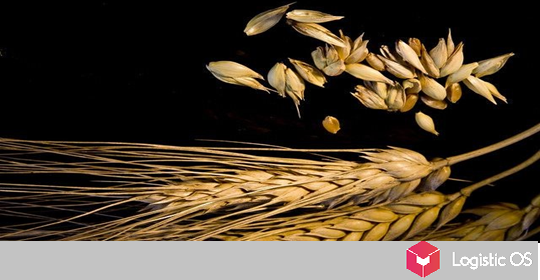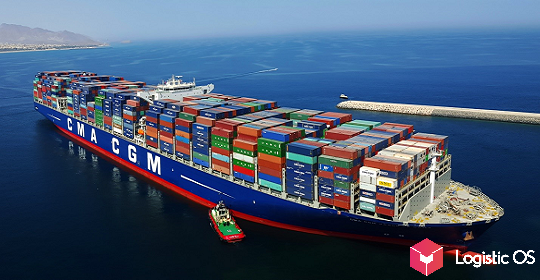The «New Land Grain Corridor Russia-China» is a source of great opportunities for the development of bilateral relations. But it would be nice to speed up the work on it.
This corridor includes, among other things, the Zabaikalsky grain terminal, which has a throughput capacity of 8 million tons of grain per year and is designed for grain storage and transshipment.
The terminal was recently opened as part of the Eastern Economic Forum.
It is planned that this will significantly help in the development of Russian-Chinese trade.
However, it is growing at a good pace.
For example, in 2021, the trade turnover between the Far Eastern region of Russia and China increased by 30%, and in the first 8 months of this year — by 45.5%, as a result, it amounted to about $12 billion.
Such data was shared by the plenipotentiary representative of the President of the Russian Federation in the Far Eastern Federal District Yuri Trutnev.
In addition, two bridges were launched to increase cargo turnover between the countries: Blagoveshchensk — Heihe and Nizhneleninskoye — Tongzeng.
According to the first, it is planned to transport up to 1 million tons per year, according to the second — initially 5 million, then up to 20 million tons per year.
The region is waiting for Chinese investment
The development of the Far Eastern Federal District is generally taking place in close conjunction with the development of relations between the Russian Federation and the PRC.
For example, 53 projects with the participation of Chinese investments have already been launched in this region, the total amount is about $12 billion.
Basically, these projects relate to industry, the agricultural sector, as well as construction and logistics.
Against the backdrop of all this, the Russian side is striving to provide the most comfortable conditions for business, including with Chinese participation.
What prevents the corridor from earning its full potential?
At the last video conference, Yuri Trutnev asked his Chinese colleagues to speed up work on the grain corridor. In particular, we are talking about how to eliminate the emerging difficulties:
make the process of cargo clearance faster.
eliminate, as far as possible, the difficulties associated with compliance with anti-COVID restrictions — despite the fact that China is now experiencing a new outbreak of this disease.
to optimize the work of regulatory authorities.
“The development of cross-border infrastructure is very important for us. Two cross-border bridges between Russia and China have been launched. Now we need to increase the volume of traffic on them,” says Yuri Trutnev.
If all this is done, then there is no doubt that cooperation between Russia and China will be further strengthened.
This also applies to the increase in cargo turnover, including in the agricultural sector.

